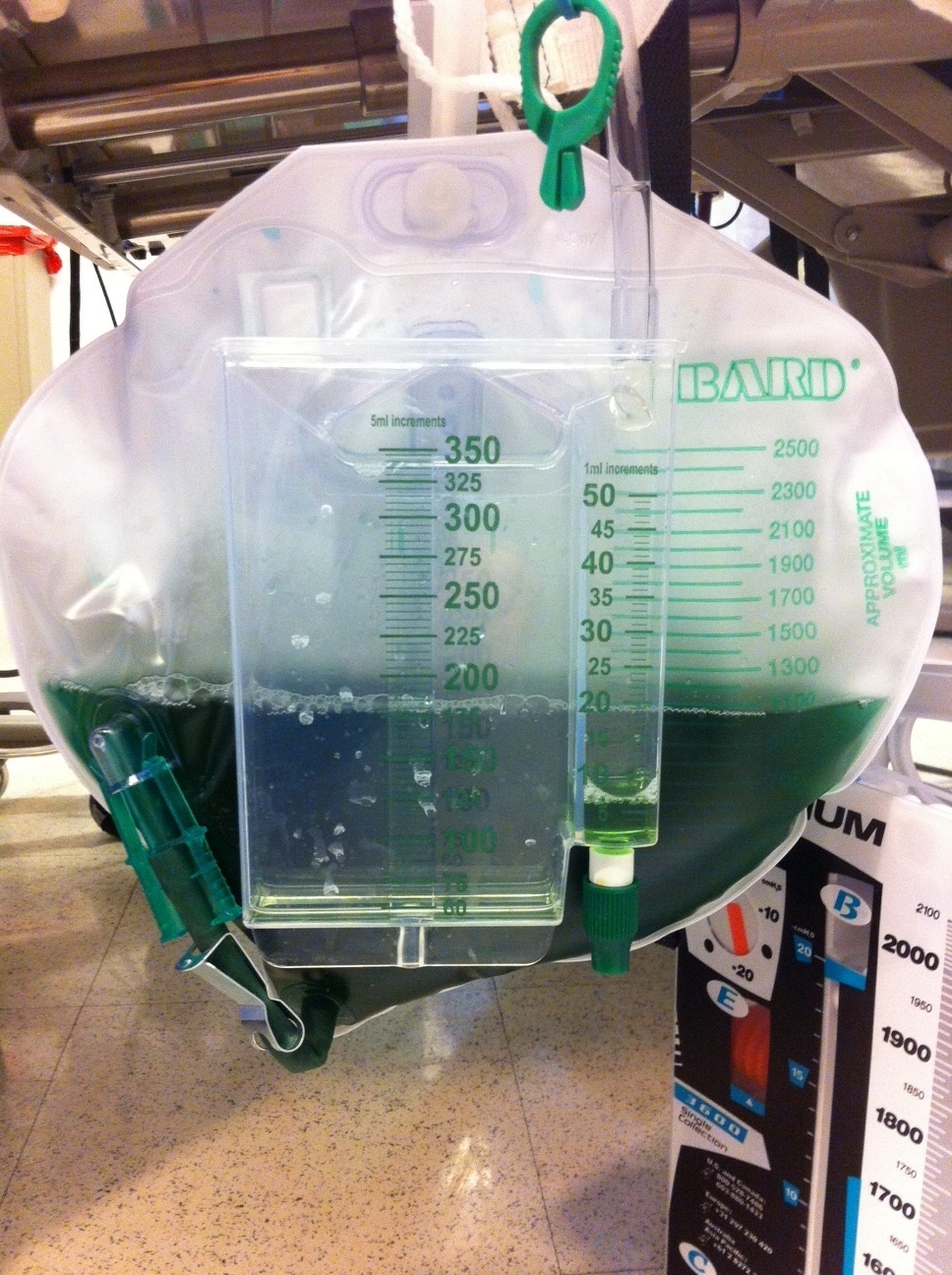Single Dose of Old Drug Boosts Memory, Attention
Once, I read more than I wanted to about a common (and then extremely inexpensive) drug because I had a patient with seizures (Dilantin). It seems the company had found a multitude of uses for it and produced it for things like emulsifying agents including paint. There were so many I couldn’t stop reading.
Methylene Blue, not just a dye anymore
A recent research article is about another such compound, Methylene Blue, which has been used over a century as a blue dye but also has legitimate uses for treating poisonings with cyanide and carbon monoxide as well as the blood problem methemoglobinemia.
Methylene Blue Dye
“Off-label Uses”
Now the PhD doctors at Univ. of Texas, San Antonio, think it improves short term memory.
A caveat you should know first that this compound seems to have developed a sort of “cult following” who use it as a “tonic” or “frat party joke” or even to “prevent aging.” Perhaps memory studies on rats in the psychedelic ’70s might have something to do with it.
One lame-brain even takes huge doses of the stuff and sits in a transparent climate controlled box for an hour and lets viewers watch as the stuff slowly comes out of his orifices and pores. He calls it “art.”
Latest Memory Research
Besides turning everything it touches blue – including tongue, fingers, carpets and urine – these guys wanted to see if it REALLY has anything to do with memory so they plugged 26 volunteers into a functional MRI (fMRI) machine and watched as they gave them either a dose of Methylene Blue or blue food coloring (placebo).
They did it right and made the study randomized, double-blinded and placebo-controlled and used healthy 11 to 62 year-olds.
They gave them carbon dioxide to check their cerebral blood flow before and after the test. They gave them a psychomotor vigilance test for sustained attention and a delayed match-to-sample test of short-term memory all while scrutinizing brain firing with the fMRI.
What Did They Find?

So what happened? For the vigilance test, methylene blue gave “statistically significant increased activity in the anterior and posterior insular cortices during the attention phase.”
Huh? They paid better attention? Couldn’t they just say that?
The stuff also gave “increased fMRI activity during the short-term memory task in the bilateral occipital lobes, the basal ganglia, the thalami, the parietal lobules, the anterior cingulate gyrus, and the cerebellum.”
And there was also “an approximately 7% increase in the number of correct behavioral responses”; but there was no changes in cerebral blood flow and the “placebo people” didn’t have any benefit anywhere.
Well! I for one am glad we cleared that up!
What Now?
What did we learn? Well, we still don’t know what happens, really. And we’re still in the dark about how, why and what it all means.
What I learned from all this is not to act surprised when all the teens show up with blue tongues and urine.
In fairness to the good Texas researchers, they did offer the disclaimer that neither their study nor any other has studied the dyes effects on long term memory. They do state that they’ll next be studying the dye “in patients with mild cognitive impairment and Alzheimer’s disease” and promise to report back to us early next year with their results.

